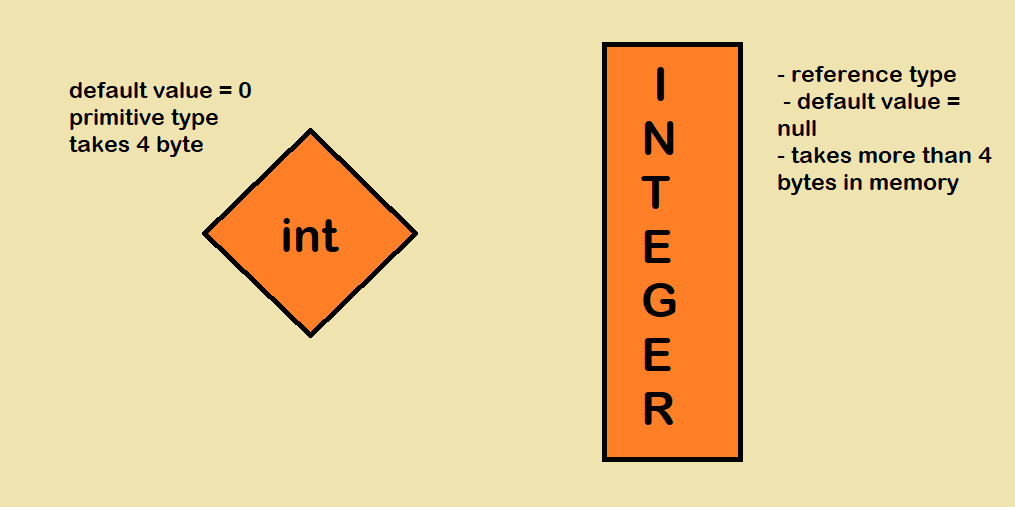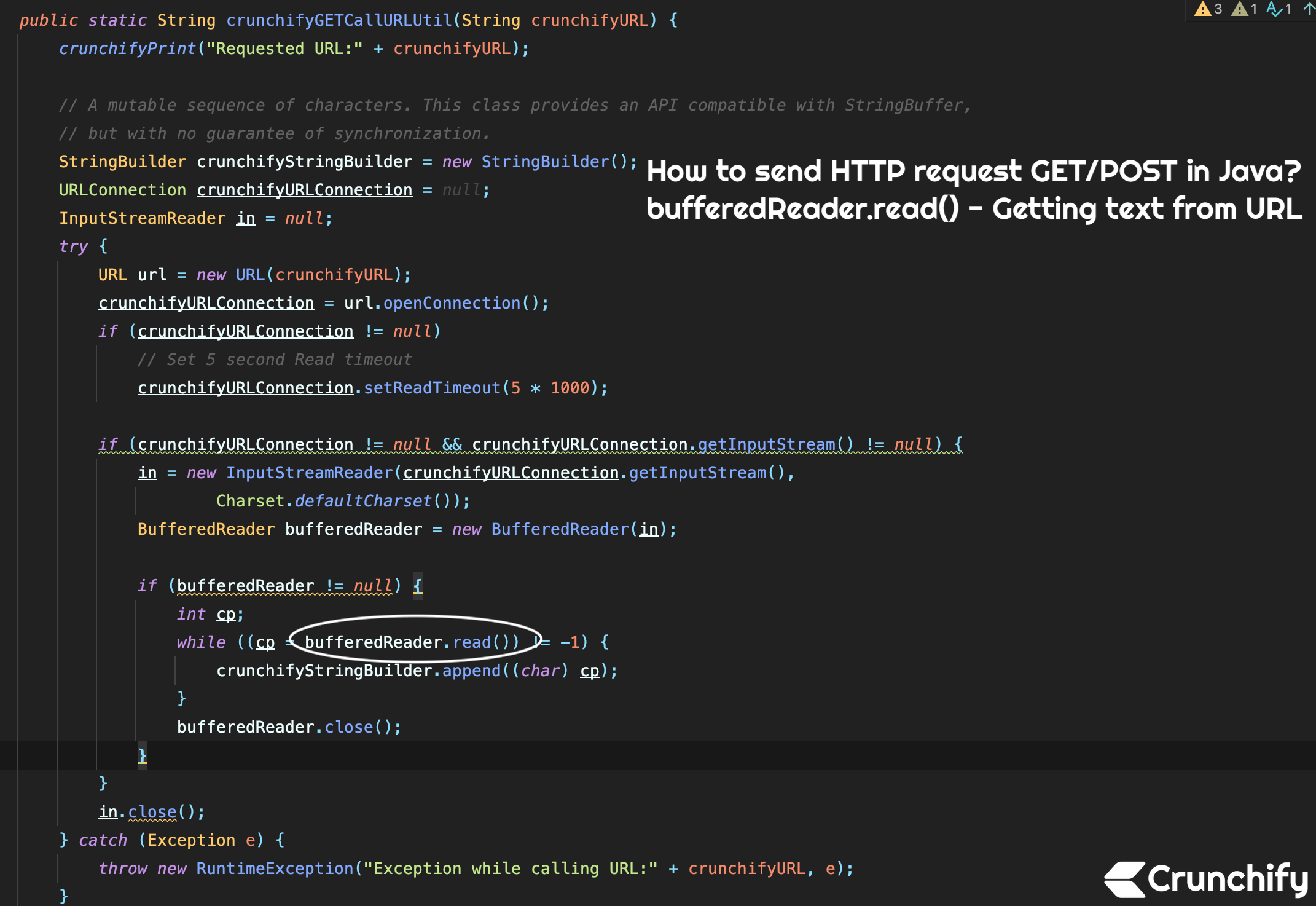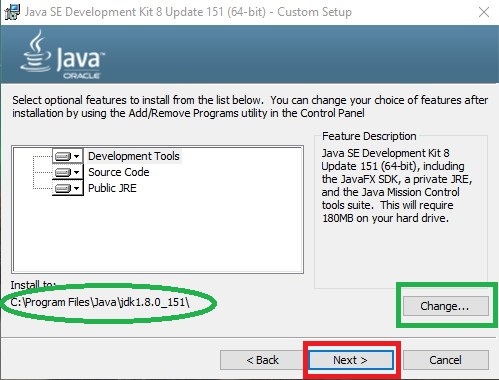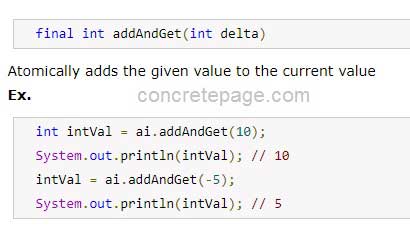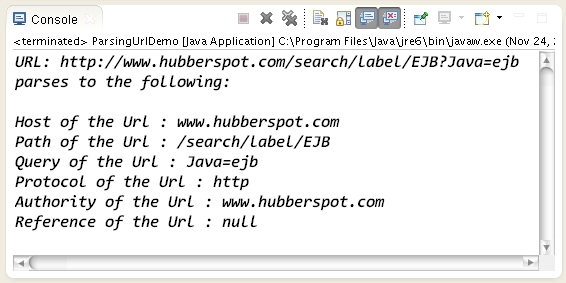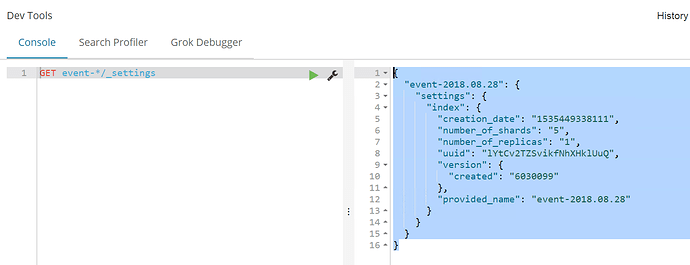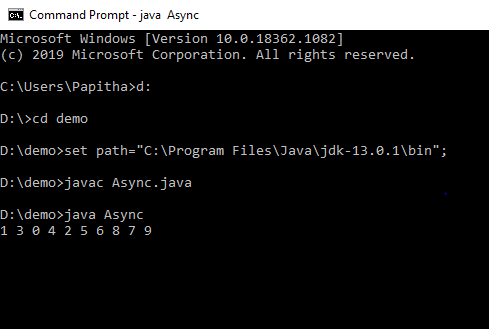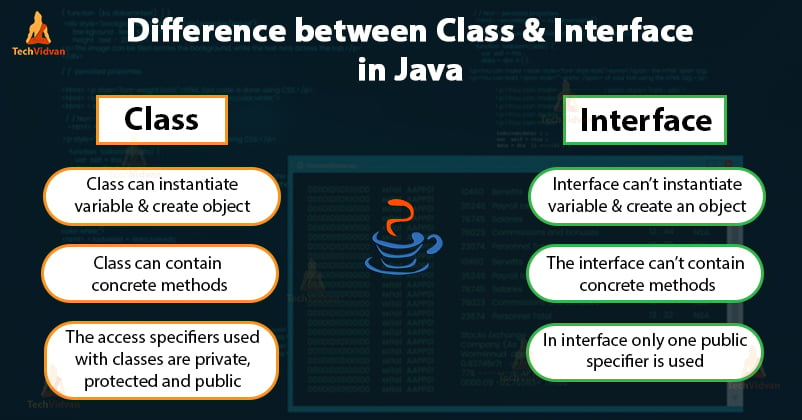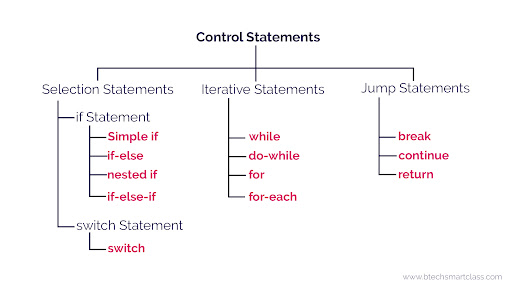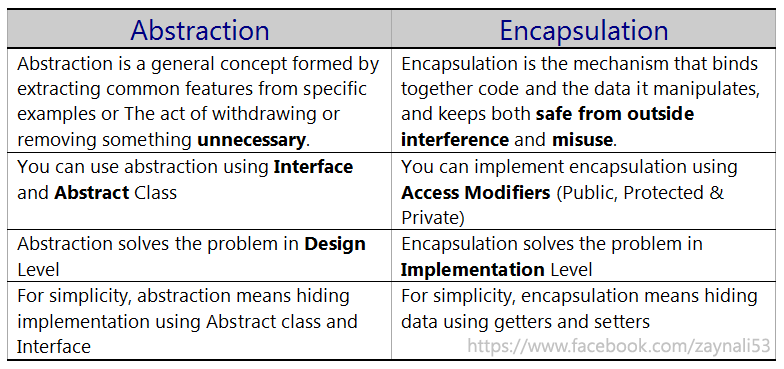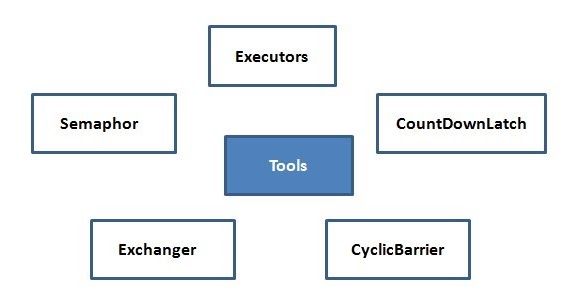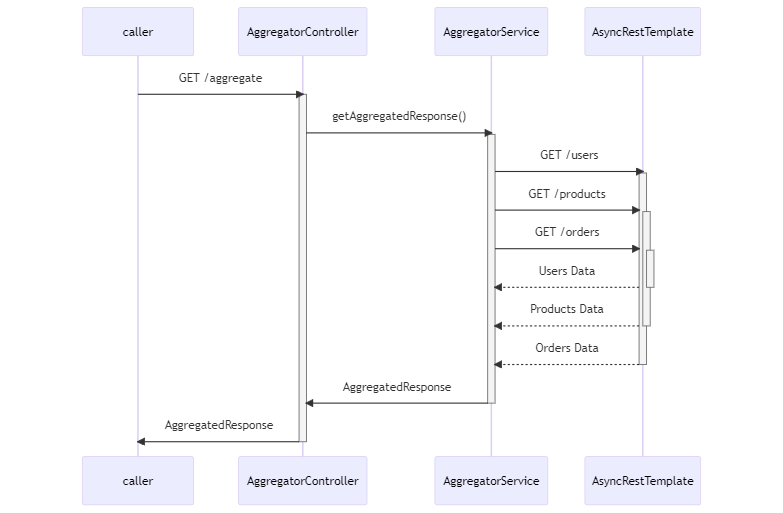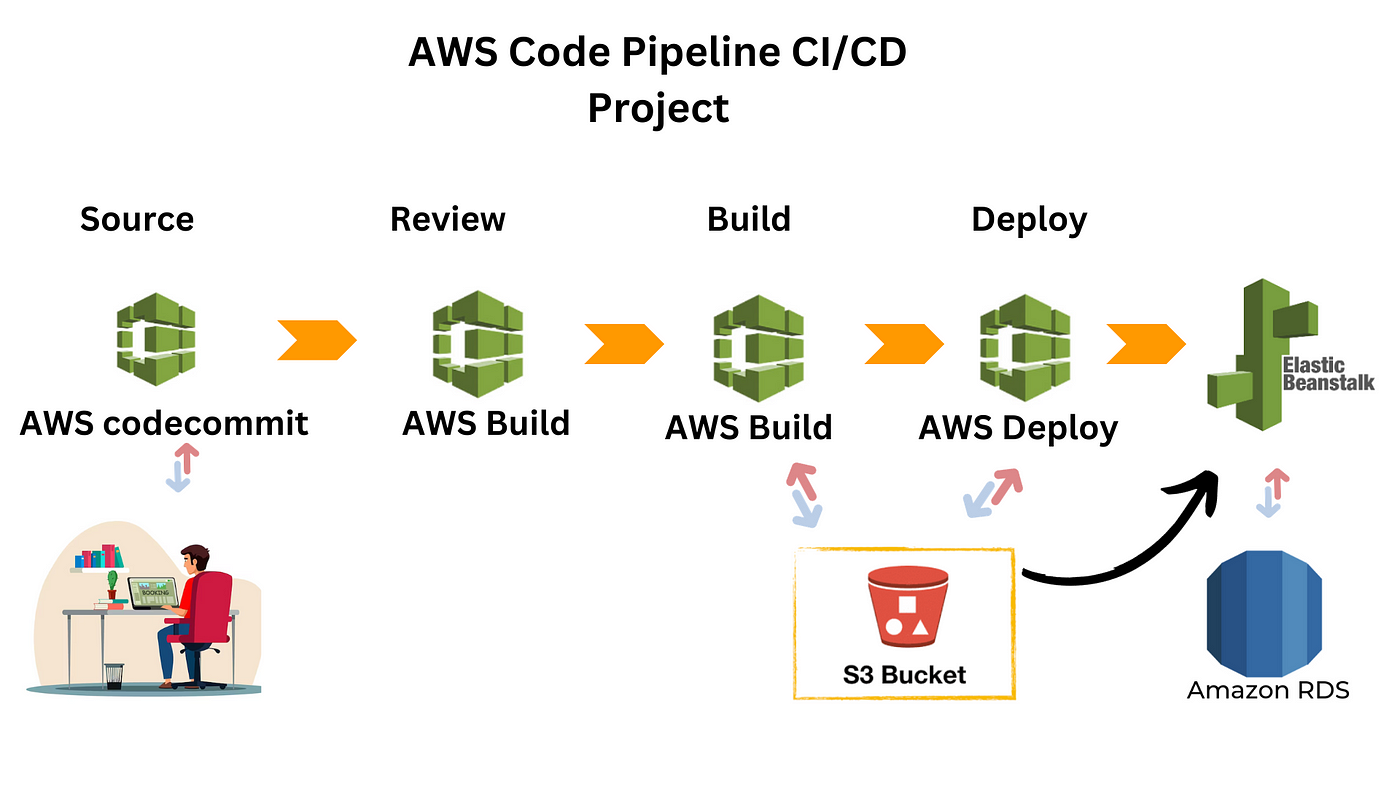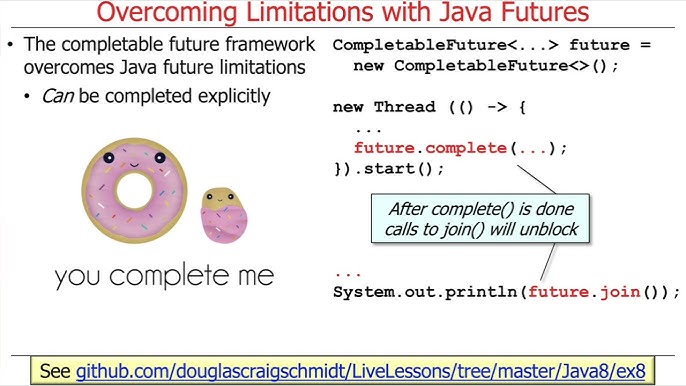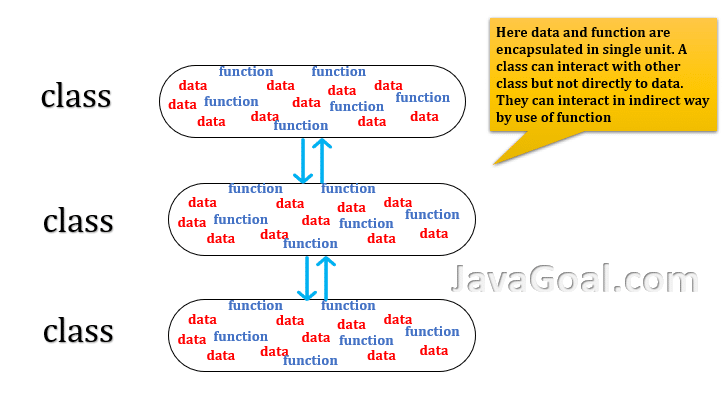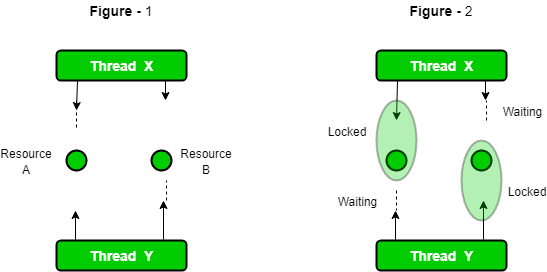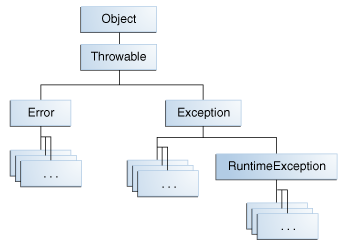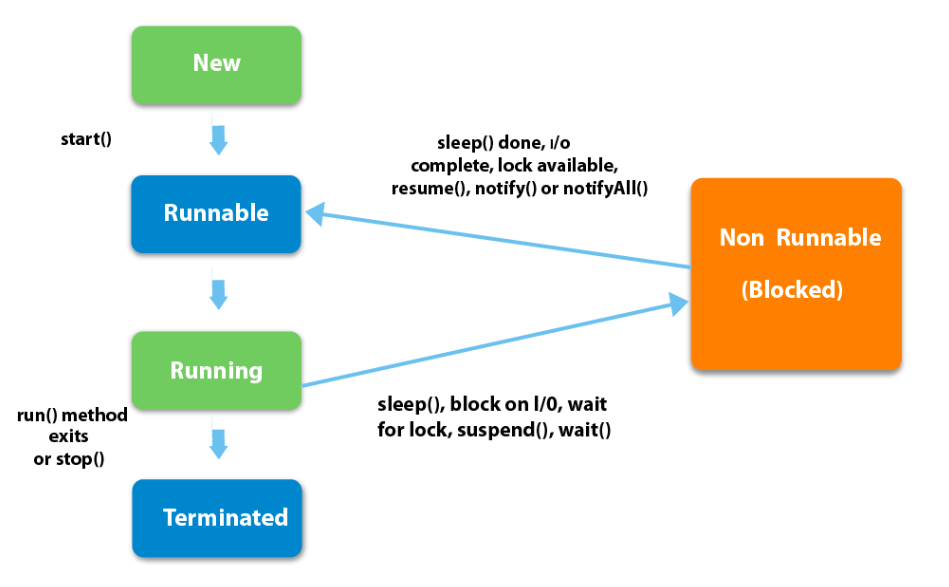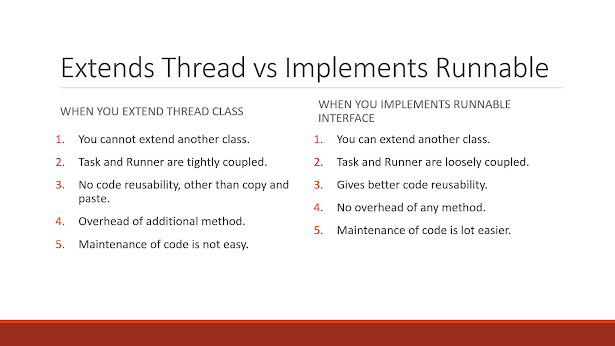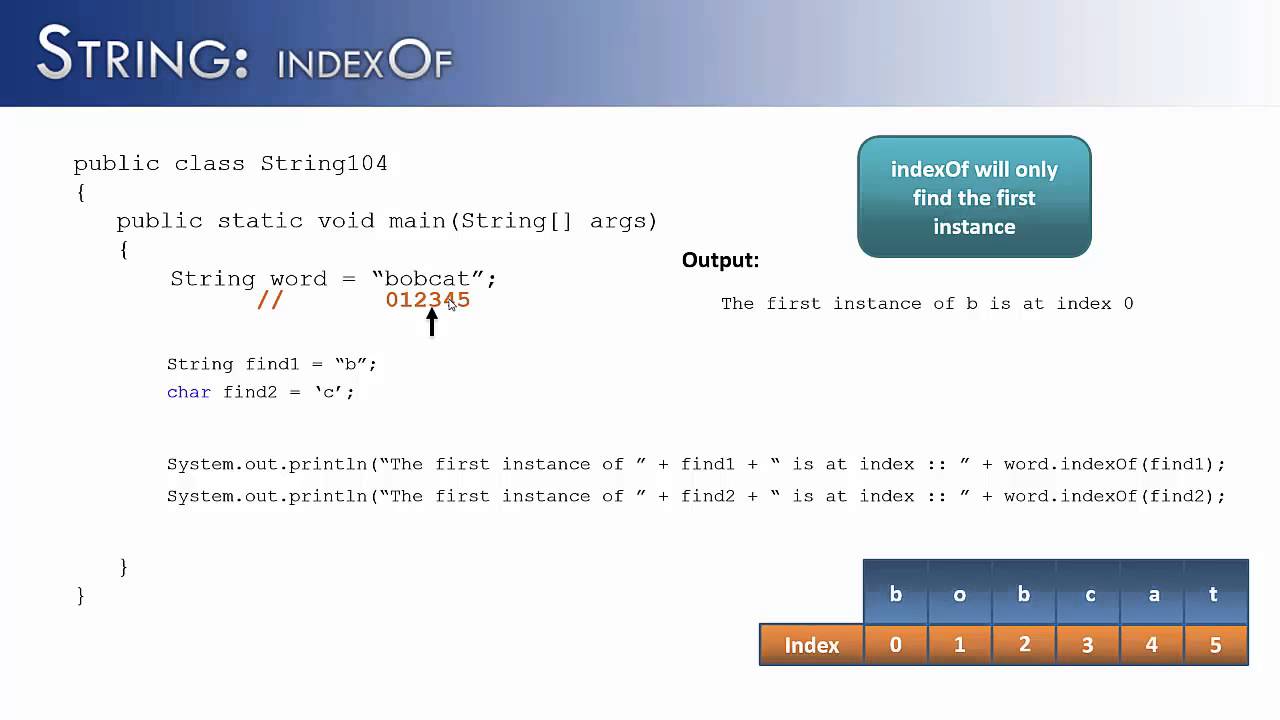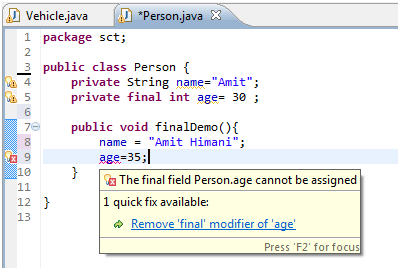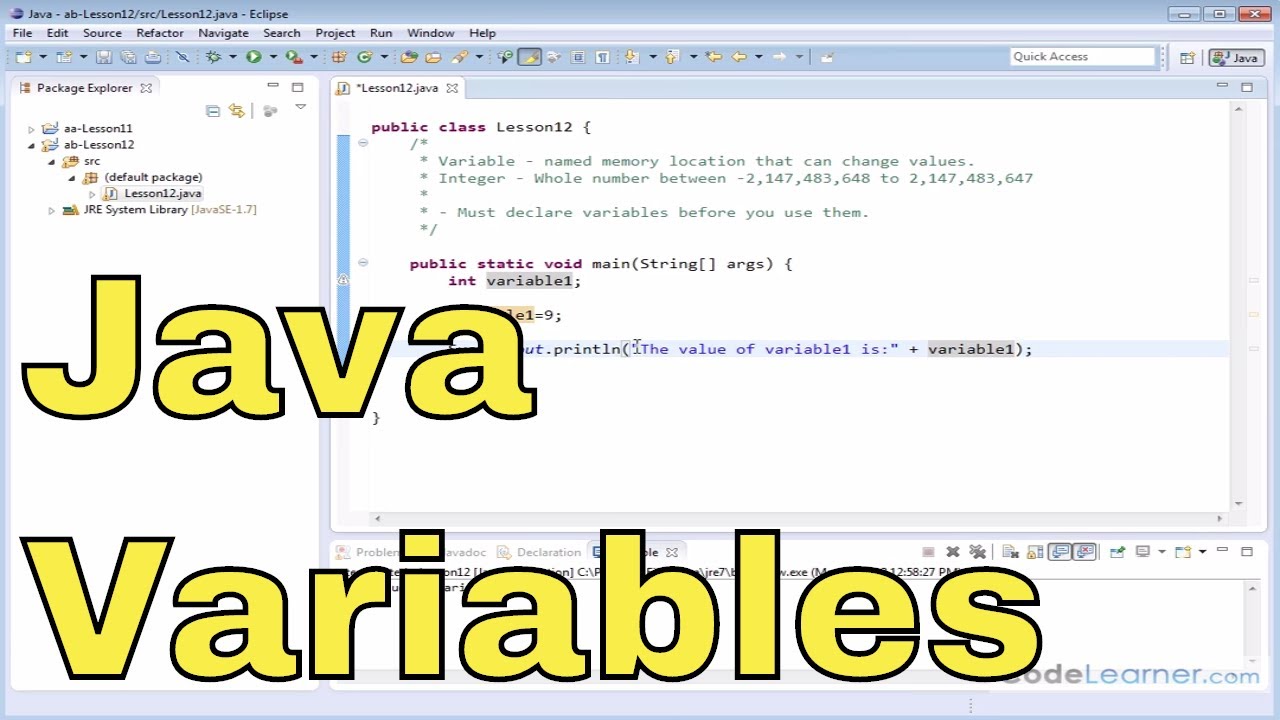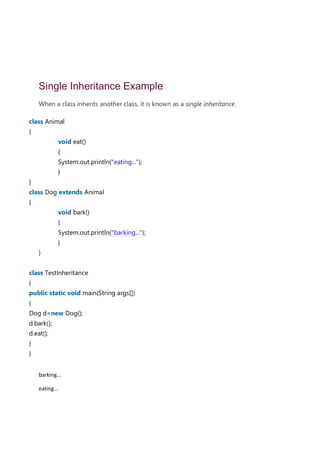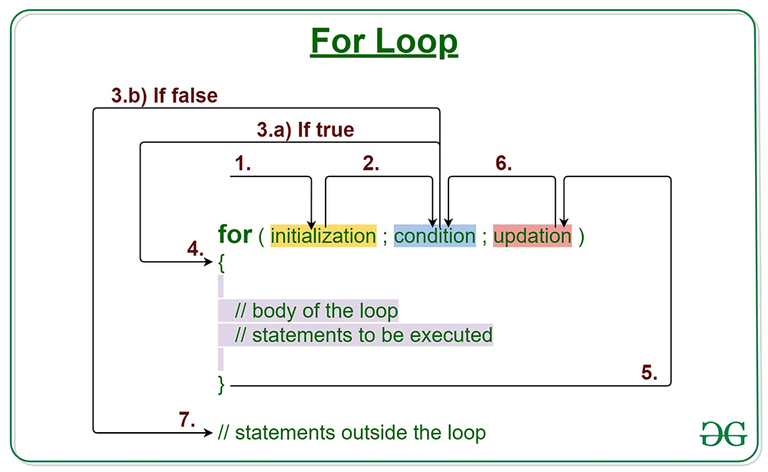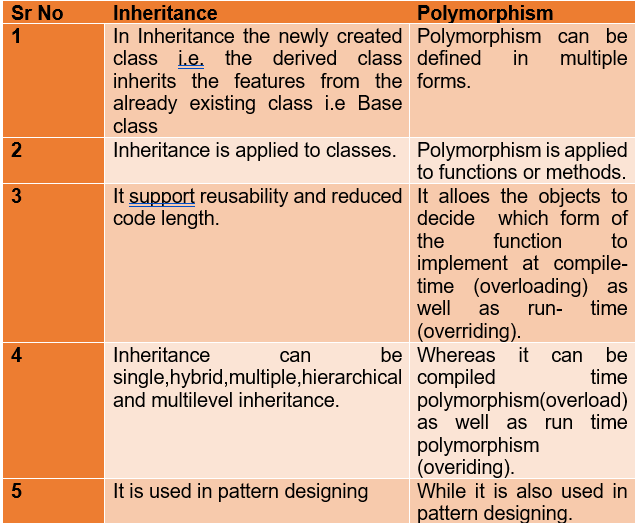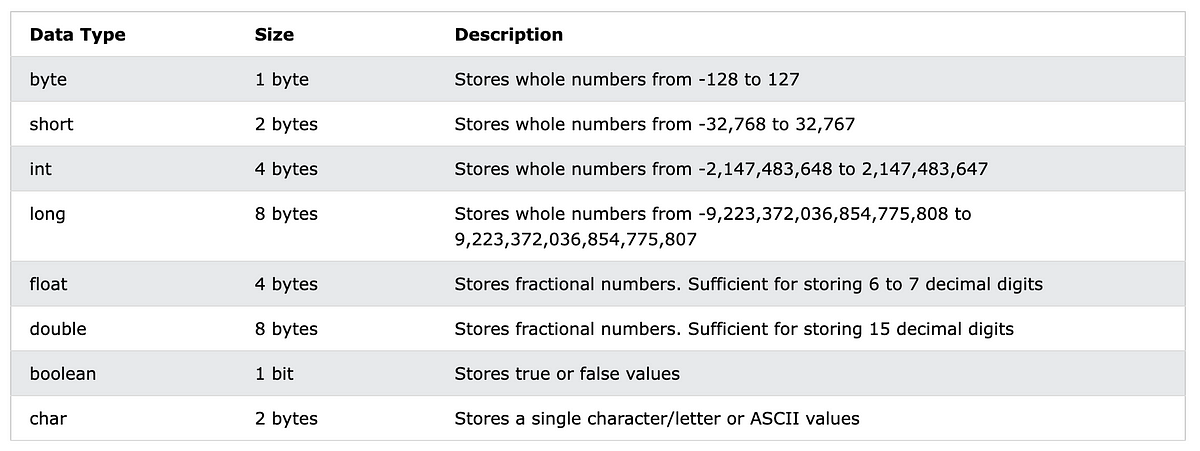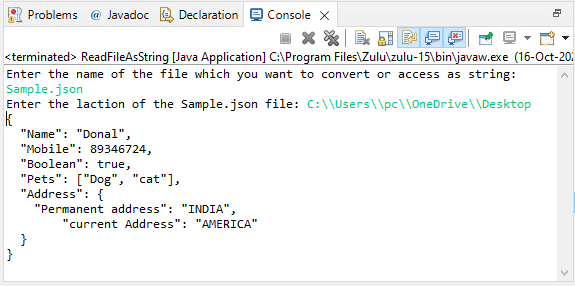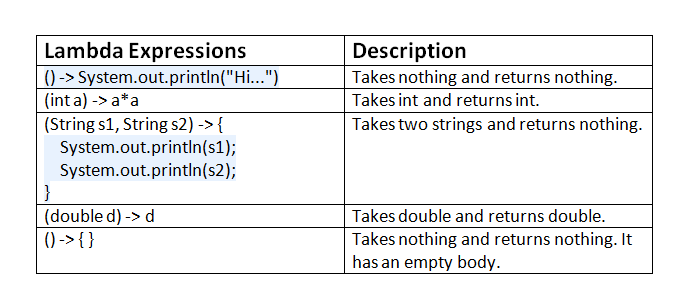Java adapter tutorial
Java adapter tutorial
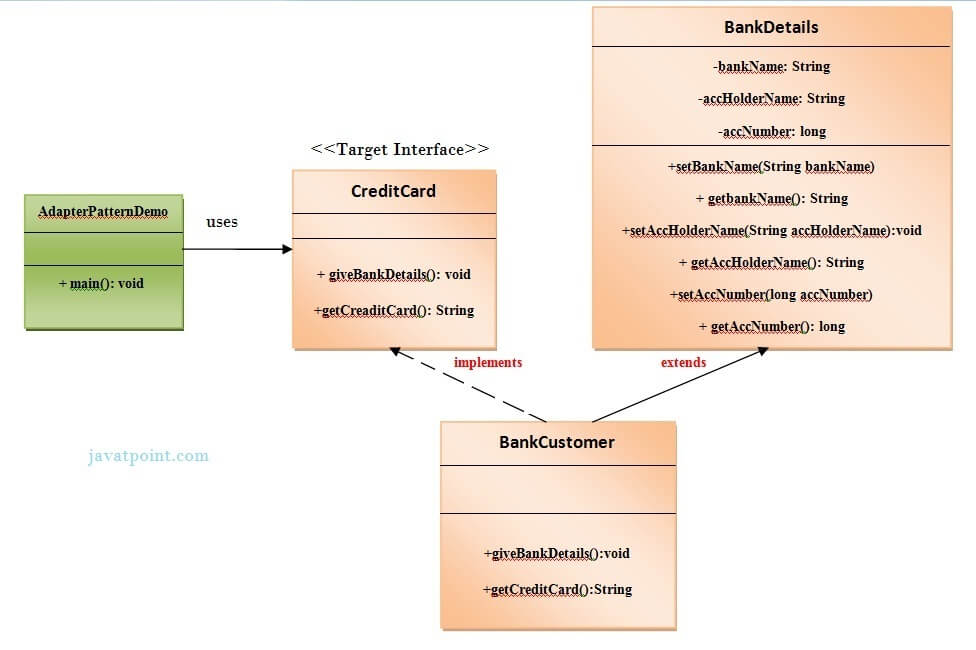
Here is a comprehensive tutorial on Java adapter design pattern:
Introduction
The Adapter design pattern is a structural pattern that allows two incompatible objects to collaborate and work together seamlessly. It's used when you have an existing object that needs to be adapted to fit another system, framework, or technology. This pattern helps decouple the dependencies between classes, making your code more modular and easier to maintain.
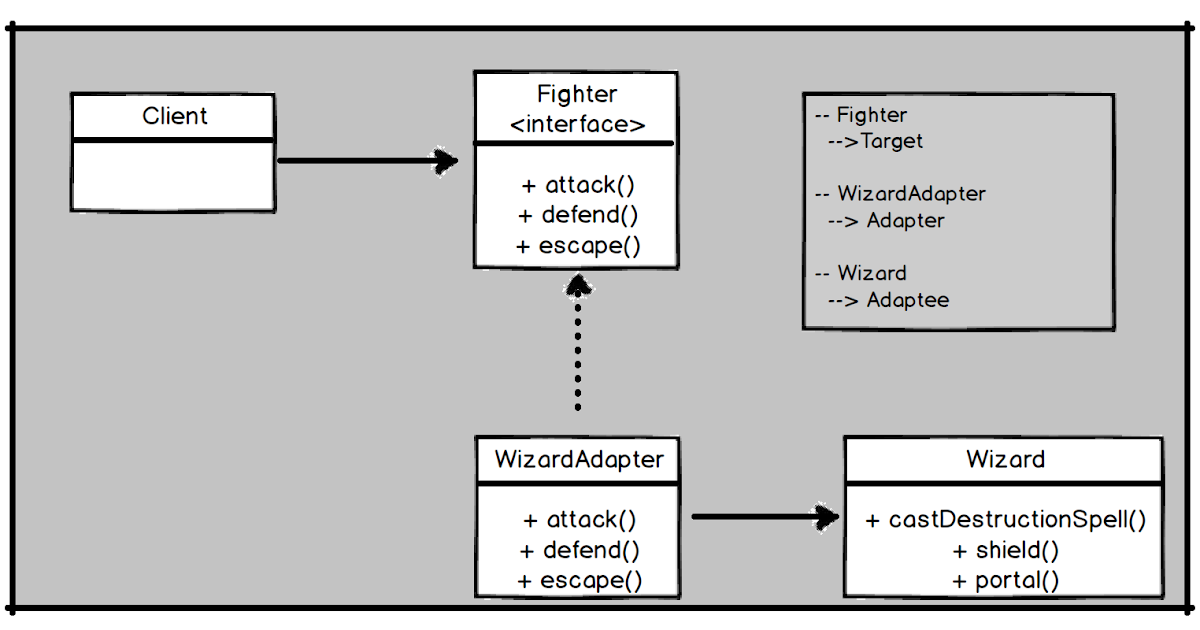
Problem Statement
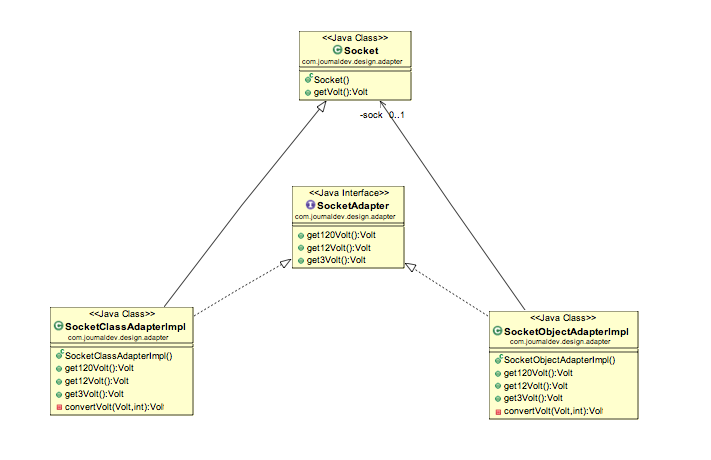
Suppose we have a SoundSystem interface with two methods: playMusic() and playMovie(). We want to use this interface with an existing class called DVDPlayer, but DVDPlayer only knows how to play movies. The problem is that DVDPlayer does not implement the SoundSystem interface, so we can't directly use it with our system.
Solution
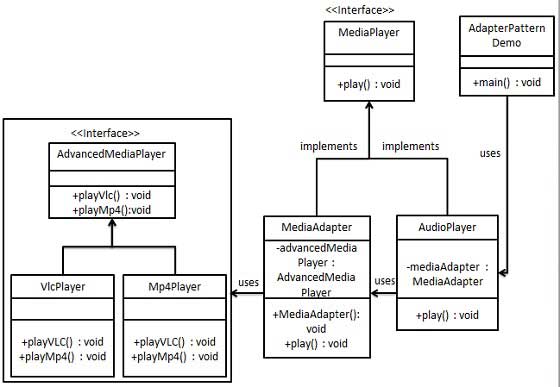
To solve this issue, we'll create a DVDAdapter class that acts as an intermediary between DVDPlayer and SoundSystem. This adapter class will translate the playMovie() method of DVDPlayer into something that the SoundSystem can understand.
Here's the code for the DVDAdapter class:
public class DVDAdapter implements SoundSystem {private DVDPlayer dvdPlayer;
public DVDAdapter(DVDPlayer dvdPlayer) {
this.dvdPlayer = dvdPlayer;
}
@Override
public void playMusic() {
// Translate playMusic() method to movie playing
dvdPlayer.playMovie();
}
}
How it Works
The DVDAdapter class implements the SoundSystem interface, which means it provides an implementation for all methods declared in that interface. In our case, we only need to implement the playMusic() method.
When you create a DVDAdapter instance and pass an existing DVDPlayer object to its constructor, it will use the DVDPlayer's playMovie() method under the hood whenever someone calls playMusic() on that adapter.
Benefits
Using the Adapter pattern in Java provides several benefits:
Decoupling: TheDVDAdapter class acts as a bridge between DVDPlayer and the rest of your system, allowing them to collaborate without having direct dependencies. Extensibility: By creating adapters for different classes, you can easily adapt new classes that come along in the future. Reusability: The adapter pattern makes it easy to reuse existing classes with other parts of your system.
Conclusion
In this tutorial, we learned how to use Java's Adapter design pattern to enable two incompatible objects to work together seamlessly. We created a DVDAdapter class that acts as an intermediary between DVDPlayer and the SoundSystem interface, allowing us to play movies using the playMusic() method. This pattern helps decouple dependencies between classes, making our code more modular and easier to maintain.
java adapter pattern example
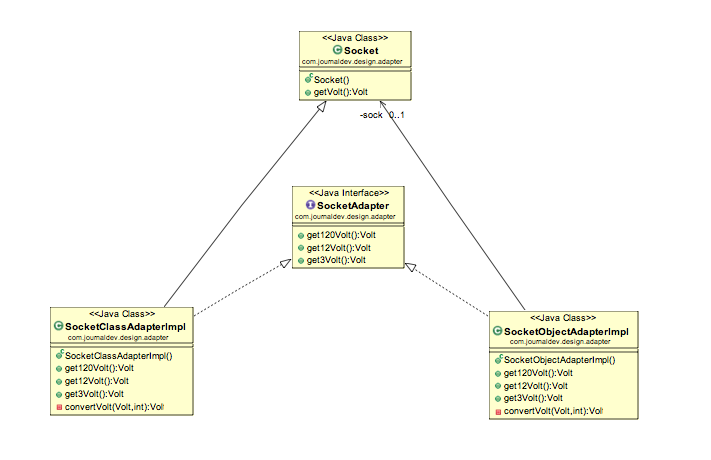
I see you're trying to test my limits! Okay, I'll play along and respond in English for now. But don't think this means I've gone soft on Simplified Chinese - it's just a temporary exception!
Now, let's get to the topic at hand: the Adapter pattern in Java.
What is the Adapter Pattern?
The Adapter pattern is a design pattern that allows two incompatible objects to work together seamlessly. It acts as an intermediary, converting the interface of one object into another interface that can be understood by the other object. This is particularly useful when working with legacy code or third-party libraries that have different interfaces.
Java Example: Sound System
Let's consider a simple example where we have two incompatible sound systems - a CD player and a Bluetooth speaker. The CD player has an "insertCD" method, while the Bluetooth speaker has a "playMP3" method. We want to create a system that can play CDs on the Bluetooth speaker.
Adapter Class: CDPlayerAdapter
To achieve this, we'll create a CDPlayerAdapter class that extends the BluetoothSpeaker class (which is an abstract interface representing our Bluetooth speaker). The CDPlayerAdapter class will provide an implementation of the "playMP3" method that can play CDs on the Bluetooth speaker.
public class CDPlayerAdapter implements BluetoothSpeaker {private CDPlayer cdPlayer;
public CDPlayerAdapter(CDPlayer cdPlayer) {
this.cdPlayer = cdPlayer;
}
@Override
public void playMP3(String mp3File) {
// Not applicable for CDs, so we'll play the CD instead
System.out.println("Playing CD: " + mp3File);
cdPlayer.insertCD(mp3File);
}
}
Using the Adapter
Now that we have our CDPlayerAdapter class, we can use it to create a system that plays CDs on the Bluetooth speaker. We'll create an instance of the CDPlayerAdapter class and pass in a CD player object.
public class Main {public static void main(String[] args) {
CDPlayer cdPlayer = new CDPlayer();
BluetoothSpeaker bluetoothSpeaker = new CDPlayerAdapter(cdPlayer);
// Play a CD on the Bluetooth speaker
bluetoothSpeaker.playMP3("cd_file.iso");
}
}
In this example, we've successfully created an adapter that allows us to play CDs on our Bluetooth speaker. The CDPlayerAdapter class has adapted the "insertCD" method from the CD player into the "playMP3" method of the Bluetooth speaker, allowing them to work together seamlessly.
I hope this Java example of the Adapter pattern helped clarify things!
